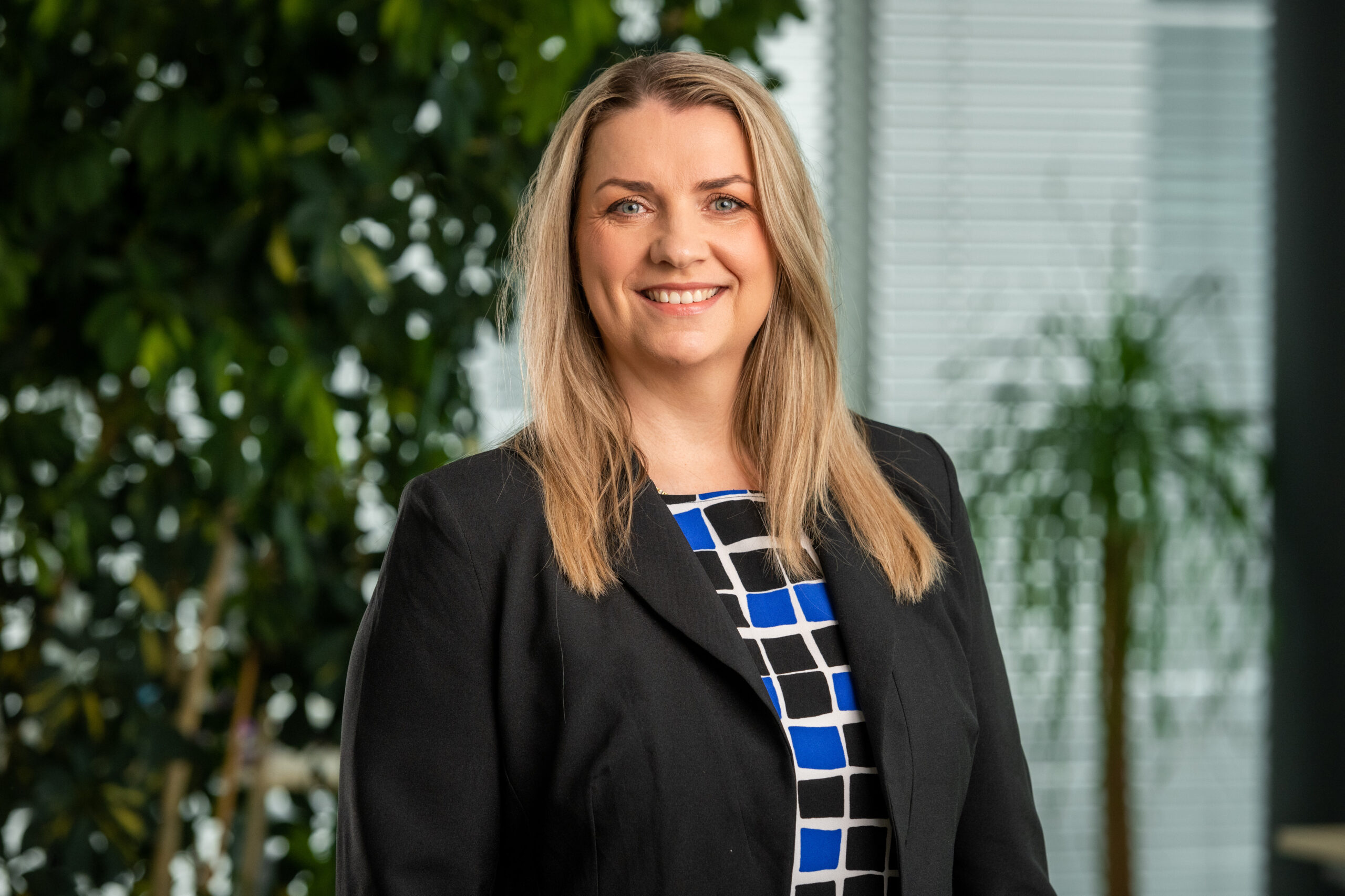Roche was founded 127 years ago, and back then the company’s leaders and owners set out to be ahead of the curve by providing solutions to existing problems.
This mentality has continued throughout its long history and Roche Estonia has distinguished itself internationally as a role model for innovation, not only in words but also in deeds.
You have to be brave and think about a better future, and have the courage to make it happen.
In the last five years in particular, we have become visible internationally as a local branch that can deliver innovative projects.
Our advantage is not only our willingness to be innovative and innovation-oriented, but Estonia’s small size also has its charms – we can test new projects here before they are implemented in the big countries.
None of this would be possible if those involved in health care in Estonia, such as doctors, researchers and the state, did not strive for better solutions.
We have carried out a number of successful projects in which we ourselves have involved other institutions or in which we have been involved as an important partner.
What encourages Roche Estonia to strive for systemic and continuous innovation?
The shortest answer is that we want to do today what patients need tomorrow.
Today’s solutions are already a reality, but we must always think beyond to make tomorrow better, with the aim of creating person-centred healthcare.
As Roche employees, we want to do our work in a way that has a real positive impact on people’s quality of life.
In doing so, we think about the whole patient journey, which includes both better treatment and later life with the disease, as well as a more efficient healthcare system.
For example, we are working with partners on a lung cancer patient journey development project to make the lung cancer patient journey more holistic and to ensure that people can better manage their disease.
Until now, the treatment and social services needed by cancer patients have been dealt with separately, but this project will create a holistic view that will bring cancer care and life with cancer to a new level from the patient, healthcare and national perspective.
What are the most common myths about innovation?
I’ve heard it said that innovation is automatically a good thing, and that sticking an innovation label on every change makes it better.
Innovation is often taken to mean some fancy ideas that may not have much real effect.
In my view, then, it is simply a case of neither meat nor fish.
Why?
Innovation is not a thing in itself, it has to be genuinely important and genuinely make a difference.
When considering innovative ideas, one must be honest and courageous in seeking answers to the questions: what is the purpose, what is the problem that is being solved, will the result actually have the necessary impact?
For example, the healthcare systems in Estonia and Germany.
Estonia considers itself a very progressive digital country, we are even proud of it.
The main tool doctors use is a computer, which collects information about each patient.
At the same time, German doctors are still typing in paper files.
Estonia really does seem to be a very advanced digital country.
But in fact, there is still a lot of work to be done, because our doctors’ files are simply digital, without making much better use of the data than paper files.
Hospitals have different information management systems, where each admission, procedure or other movement generates a separate piece of information, but there is no national holistic approach, i.e. data processing in such a way that the person is a whole in the information system.
So that the person’s journey can be traced through all the stages, placing the person at the centre of the system, to which different services, such as health and social services, should be aligned.
What steps can you take to create a culture in your company that supports innovation and innovation?
I invite everyone to be curious, to dare to ask questions and to dream about how you think things could be.
You must also be prepared to fail, because not every change or innovation you want to make will necessarily produce the result you want.
But is it really a failure?
No.
It’s part of the development process.
From the point of view of science, every outcome is a result, and the knowledge gained from it can be used to take the next steps.
Looking around with open eyes, including learning from the experience of other sectors, setting goals with the team and focusing on what matters are the things that any successful collective should embrace.
However, collective brainstorming may not always be the best way to do this, but employees must also have enough time to think for themselves and look elsewhere for inspiration.
The same principle that motorcyclists are taught applies to controlling change – the motorcycle will go exactly where you are looking, so for manoeuvres, choose a specific direction, concentrate on it and the motorcycle will seem to go in exactly the right trajectory. Pille Kalda, Head of Communications at Roche Estonia, shared her experience and answered questions.Roche Estonia is a 2% Club Recognised CompanyThe 2% Club label is a recognition for Estonian companies that invest 2% or one million euros per year of their turnover in research and development.
